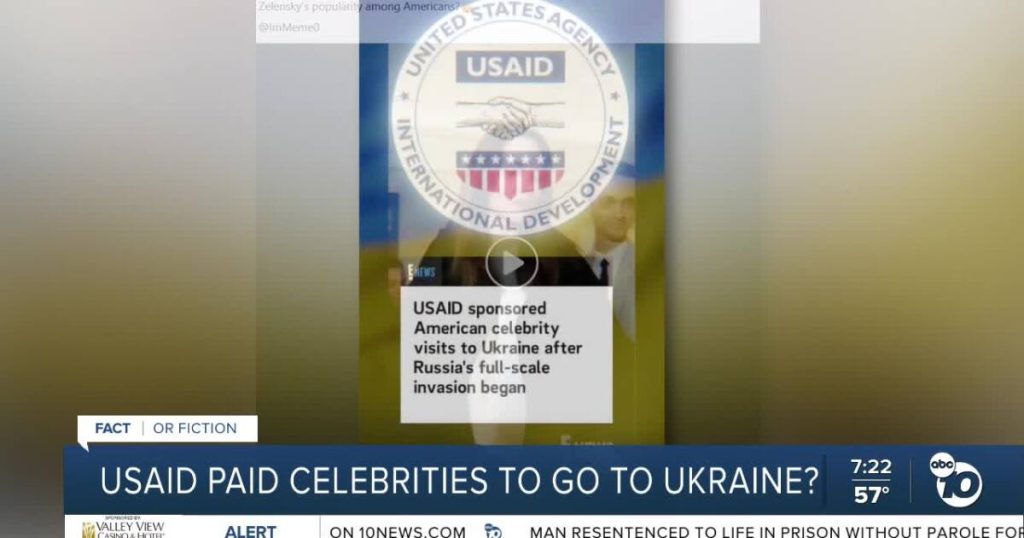Trump Administration’s Assault on USAID Fueled by Disinformation Campaign
The Trump administration’s ongoing efforts to dismantle the United States Agency for International Development (USAID) have taken a disturbing turn, with a sophisticated disinformation campaign playing a central role in undermining public trust in the agency. USAID, a cornerstone of American foreign policy, provides billions of dollars in humanitarian aid and development assistance to countries worldwide, supporting critical programs in areas such as global health, disaster relief, and democracy promotion. However, the agency has become a target of critics within the administration who argue that its work is ineffective and wasteful, and have sought to drastically reduce its funding and scope.
One of the key pieces of "evidence" cited by critics of USAID are fabricated video clips purporting to be from E! News, a popular entertainment news outlet. These manipulated videos falsely claim that USAID misused millions of taxpayer dollars to fund lavish trips for celebrities to Ukraine. The videos, which have circulated widely on social media, portray USAID as a frivolous and irresponsible agency, squandering public funds on celebrity junkets rather than addressing critical global needs.
However, a thorough investigation by USA Today has exposed these videos as blatant fakes. An E! News spokesperson confirmed to USA Today that the network never produced or aired any such story about USAID-funded celebrity trips to Ukraine. Furthermore, a researcher in online disinformation at Clemson University, analyzing the videos for USA Today, identified numerous hallmarks of a Russian disinformation campaign. These include the use of manipulated video footage, the spread of false narratives designed to sow discord and undermine trust in democratic institutions, and the exploitation of social media platforms to amplify the reach of the disinformation.
The implications of this disinformation campaign extend far beyond USAID itself. It represents a dangerous erosion of public trust in legitimate news sources and institutions, as well as an attempt to manipulate public opinion and influence policy decisions. The fact that a fabricated news story, designed to discredit a vital agency providing humanitarian assistance around the world, has gained traction underscores the vulnerability of the information ecosystem to malicious actors.
This disinformation campaign targeting USAID raises serious concerns about foreign interference in domestic policy debates. The timing of the campaign, coinciding with the Trump administration’s efforts to dismantle the agency, suggests a coordinated effort to exploit pre-existing political divisions and undermine support for USAID’s work. The use of sophisticated video manipulation techniques further underscores the growing threat posed by disinformation operations, which can easily spread false narratives and manipulate public perception.
The debunking of these fabricated videos highlights the critical need for media literacy and critical thinking in the digital age. It is essential for individuals to be vigilant in verifying the authenticity of information they encounter online, especially when it comes to politically charged topics. The case of USAID underscores the importance of relying on reputable news sources and fact-checking organizations to distinguish between legitimate journalism and disinformation campaigns designed to mislead and manipulate. This incident also underscores the need for social media platforms to take greater responsibility in combating the spread of disinformation and ensuring that users are not exposed to manipulated content designed to influence their opinions and undermine democratic processes. The future of USAID, and indeed the future of American foreign policy, may depend on the public’s ability to discern truth from falsehood in an increasingly complex and manipulated information landscape.


